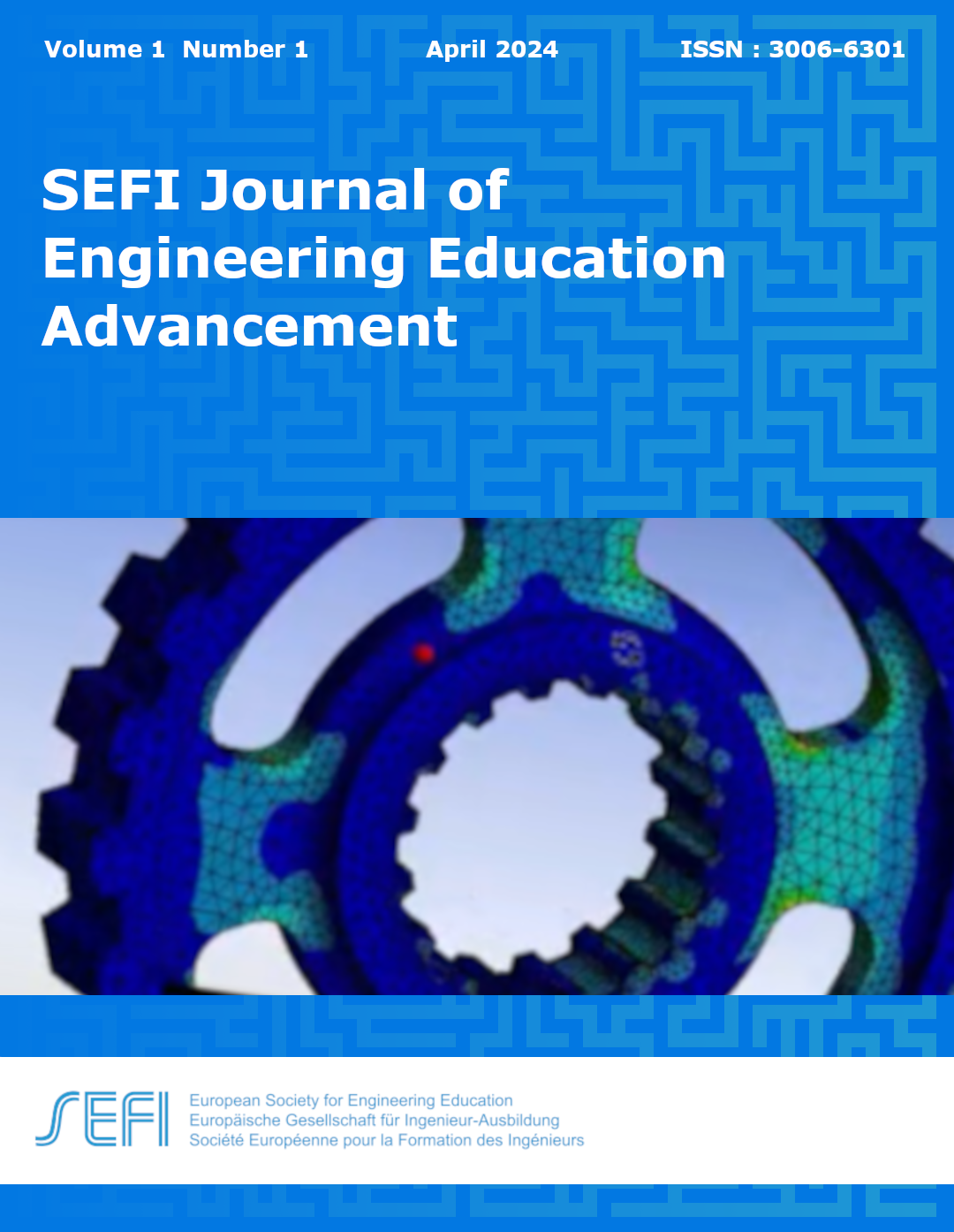Exploring the Utilisation of Generative AI Tools by Undergraduate First-Year Mechanical Engineering Students in Programming Assessments.
Main Article Content
Abstract
Integrating the fundamentals of computer science and programming skills into the undergraduate engineering curriculum has been a primary focus for many educational institutions worldwide. Learning the basics of programming from the beginning of undergraduate engineering education allows students to incorporate such skills into their future work easily. Therefore, an introductory programming course for first-year undergraduate students has been running since 2021 in the Mechanical Engineering Department at University College London intending to teach the fundamentals of Python programming language. However, it is well-known that generative artificial intelligence (Gen AI) tools in higher education are moving so fast that a wait-and-see approach cannot be taken. These applications have received much global attention from academics on their impact and proper use within the teaching-learning process. This paper investigates first-year undergraduate mechanical engineering students' use of Gen AI tools in their programming assessment. The results show that 60% of the cohort used tools that helped mainly to check their code, improve their English language, and understand error messages. However, 40% abstained from using any. Based on these findings, recommendations on how Gen AI tools can be utilised by undergraduate students in ways that support their learning and enhance their ability to achieve learning outcomes are made.
Downloads
Article Details

This work is licensed under a Creative Commons Attribution-NonCommercial-NoDerivatives 4.0 International License.

